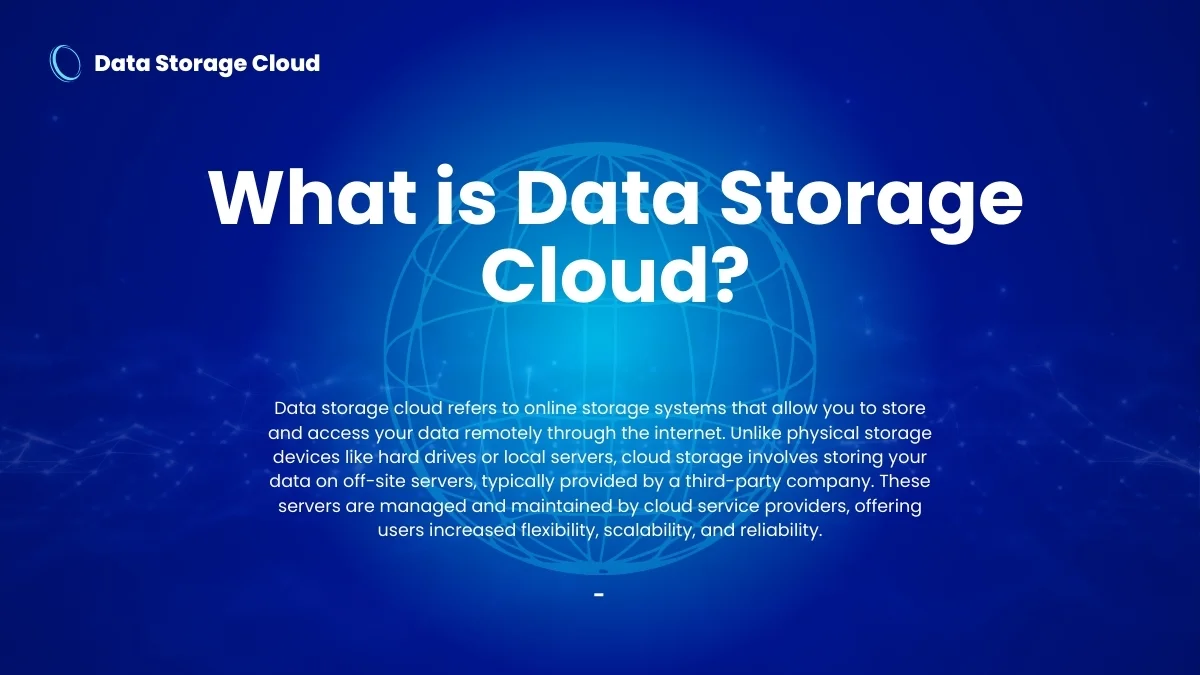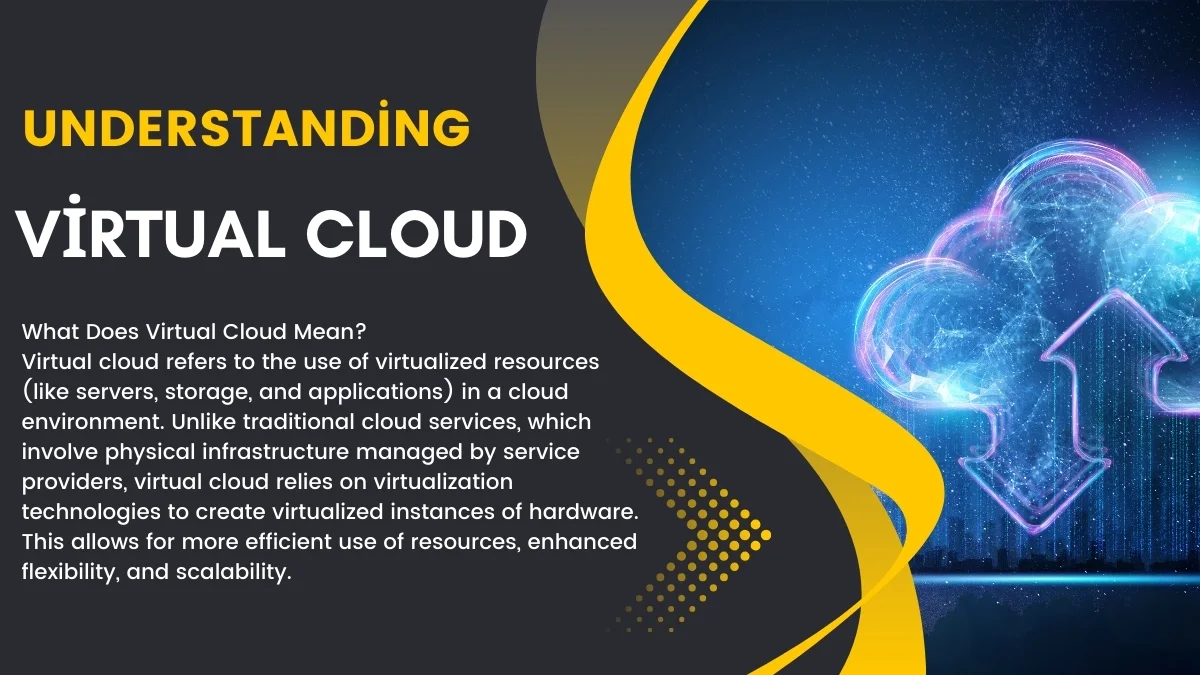Understanding Cloud Computing Security: Protecting Your Data in the Cloud
As more businesses and individuals shift to the cloud for their storage and computing needs, cloud computing security has become a critical concern. The cloud offers numerous benefits, including flexibility, scalability, and cost efficiency. However, without proper security measures in place, sensitive data stored in the cloud can be vulnerable to cyber threats. In this article, we will explore the importance of cloud computing security, key threats, best practices, challenges, and how to protect your cloud environment.
Introduction to Cloud Computing Security
What is Cloud Computing Security?
Cloud computing security refers to the set of policies, technologies, and controls designed to protect data, applications, and services stored in the cloud from cyber threats. Since the cloud operates over the internet, it’s essential to safeguard sensitive information against unauthorized access, data breaches, and other cyber risks. Cloud security solutions aim to provide a safe and secure environment for users and businesses to store and process data in the cloud.
Why is Cloud Computing Security Important?
With businesses increasingly relying on cloud computing for day-to-day operations, security becomes even more critical. Cloud environments are shared by multiple users, which can create vulnerabilities if not properly secured. In addition, cloud services often handle sensitive information, including financial data, personal customer details, and intellectual property. Protecting this data from external threats is crucial to maintaining trust, regulatory compliance, and business continuity.
Key Threats to Cloud Security
While the cloud provides many advantages, it also introduces several security risks. Here are some of the most common threats to cloud security:
Data Breaches and Data Loss
One of the most significant risks in the cloud is the potential for data breaches. If cybercriminals gain unauthorized access to cloud storage or services, they can steal or manipulate sensitive data. Data loss can also occur due to hardware failure, accidental deletion, or malicious attacks, resulting in significant financial and reputational damage to businesses.
Insider Threats
Insider threats occur when individuals within an organization, such as employees or contractors, intentionally or unintentionally compromise the cloud environment. These threats can involve leaking sensitive data, misusing permissions, or inadvertently creating security vulnerabilities.
DDoS Attacks
Distributed Denial-of-Service (DDoS) attacks can overwhelm cloud servers with massive amounts of traffic, rendering services unavailable. This type of attack can disrupt business operations and lead to significant financial losses.
Best Practices for Cloud Computing Security
To ensure your cloud environment remains secure, it’s essential to implement best practices that can help mitigate potential threats.
Encryption
Encryption is one of the most effective ways to protect data in the cloud. By encrypting sensitive data both at rest (when stored) and in transit (when being transferred), you make it unreadable to unauthorized users, even if they gain access to the cloud.
Multi-Factor Authentication (MFA)
Multi-factor authentication (MFA) adds an additional layer of security by requiring users to provide two or more verification factors to access cloud services. This makes it much harder for unauthorized individuals to gain access to your cloud resources, even if they have stolen a password.
Regular Security Audits
Conducting regular security audits and vulnerability assessments can help identify potential weaknesses in your cloud infrastructure. This proactive approach ensures that your security measures are up to date and effective in mitigating emerging threats.
Data Backup and Recovery
Regular backups and a solid disaster recovery plan are essential for preventing data loss. By storing backups in a separate, secure location, businesses can quickly restore their systems and data in case of an attack, failure, or other disaster.
Cloud Computing Security Challenges
While security is a top priority, businesses face several challenges in securing their cloud environments.
Shared Responsibility Model
Cloud service providers and customers share the responsibility for security. While the provider manages the security of the cloud infrastructure, the customer is responsible for securing the data and applications they deploy in the cloud. This shared responsibility model can sometimes lead to confusion and gaps in security.
Compliance Issues
Many industries are subject to strict regulatory requirements regarding data protection, such as HIPAA for healthcare or GDPR for businesses in the European Union. Ensuring compliance with these regulations while using cloud services can be challenging, as not all cloud providers meet every industry’s specific needs.
Lack of Visibility
One of the biggest concerns with cloud security is the lack of visibility into the cloud infrastructure. Unlike traditional on-premises IT environments, cloud services are managed off-site, making it harder for businesses to monitor and control security events in real-time.
Securing Your Cloud Environment
Choosing a Secure Cloud Provider
Selecting the right cloud service provider is crucial for ensuring your cloud security. Look for providers that offer strong security features, including data encryption, access controls, and robust compliance certifications. Ensure they follow best practices for cloud security to minimize the risks to your data.
Virtual Private Cloud (VPC) for Enhanced Security
A Virtual Private Cloud (VPC) offers an additional layer of security by allowing you to create isolated environments within the cloud. By using VPC, you can control who has access to your resources, segment your network, and apply additional security policies to ensure your cloud infrastructure is protected.
The Role of Artificial Intelligence in Cloud Security
AI and Machine Learning in Threat Detection
Artificial intelligence (AI) and machine learning (ML) are increasingly being used in cloud computing security to detect and respond to threats. These technologies analyze patterns in data to identify unusual activity, enabling faster detection of potential breaches and attacks.
Conclusion
In today’s digital landscape, cloud computing security is more important than ever. As businesses continue to migrate to the cloud, safeguarding data from cyber threats is essential. By implementing robust security practices such as encryption, multi-factor authentication, and regular audits, businesses can mitigate risks and ensure their cloud environment remains secure. With the right strategies and tools in place, companies can reap the full benefits of the cloud without compromising on security.
Frequently Asked Questions (FAQs)
- What is the primary goal of cloud computing security?
- The primary goal of cloud computing security is to protect data, applications, and services from unauthorized access, breaches, and cyberattacks.
- How does encryption help with cloud security?
- Encryption helps protect data by making it unreadable to unauthorized users, even if they gain access to cloud storage or transmission channels.
- What are the biggest threats to cloud security?
- The biggest threats to cloud computing security include data breaches, insider threats, and DDoS attacks, all of which can have severe consequences for businesses.
- How can I ensure my cloud provider is secure?
- Choose a cloud provider that offers strong security features such as encryption, compliance with industry standards, and the ability to monitor and respond to threats in real-time.
- What role does artificial intelligence play in cloud security?
- AI and machine learning can help detect threats in real-time by analyzing patterns and identifying anomalies, making cloud security more proactive and efficient.








